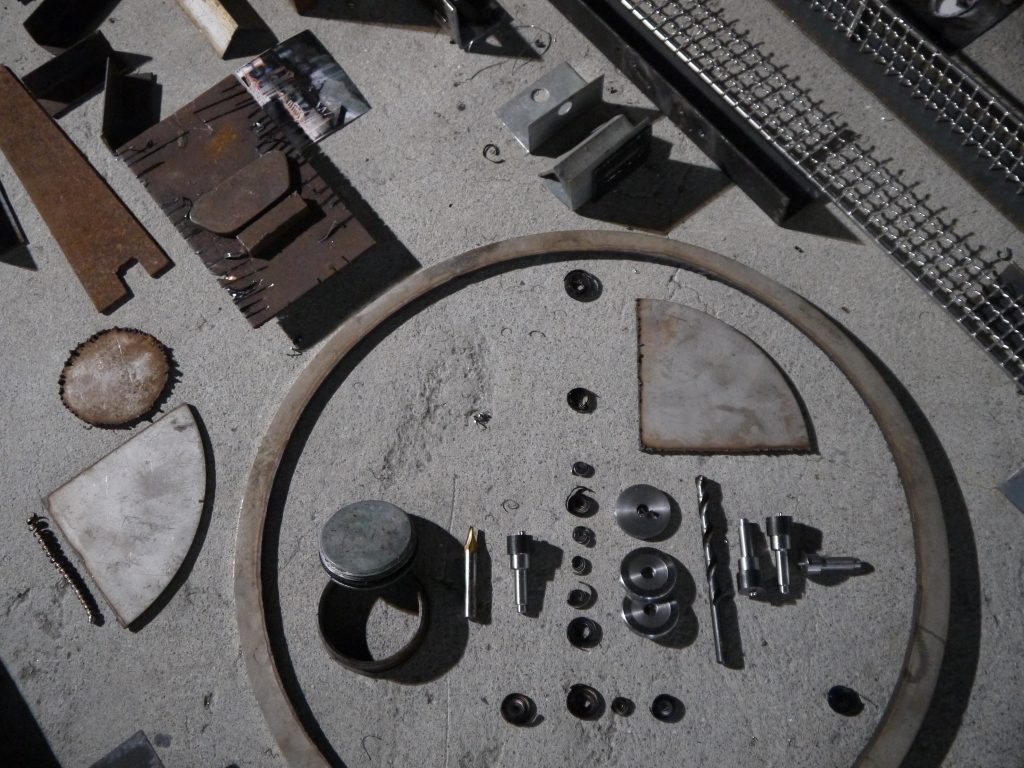Blacksmith Street Project
Xingcheng Street, also called “Blacksmith Street,” is an area that rarely been recorded in the history of Taipei. In the Japanese occupation period, it used to be lined with blacksmith factories because of its close proximity to Dadaocheng and for the ship demolition industry at that time. During 1970~1990, Blacksmith Street stretched from Xincheng Street to the Taipei rear station. It was the most prosperous period of time for blacksmiths because of the nearby ship demolition industry. Ships were broken down and all the iron components, large and small, were repurposed by the blacksmiths, who forged the iron into replacement parts for imported machines. These old masters fostered the rise of many important industries in Taiwan.
The blacksmith and metal-related industries took on a significant role during this stage of great economic growth in Taiwan, but like many traditional industries, people rarely take note of its history and ignore the importance of it. The history of this once prosperous street, located in the city center, has been obscured by the hustle-bustle of Taipei, Taiwan’s capital city. Blacksmith St. is a place suspended in time.
Yenting Hsu started this project from the “Blacksmith Street”, and carrying it on to the old Taipei center – Dadaocheng and Datong District, or even the history of traditional industry in Taiwan. Look into how did the changes in the political and economic environment influence the traditional industry and the old Taipei area. She’s interested in how this street and its industry related to Taipei and Taiwan’s economic history as a whole. How has its history been written?
Through sounds, videos and installations, Yenting Hsu hopes to spark the audience’s imagination and give them clues to the unique space and story of Blacksmith street. In this project, she also questions about how spaces, existing facts, experiences, body memories of manual labor and connections are documented, narrated and transformed. Can this blacksmith street really disappear? Disappearance is because of ever existence. Yenting Hsu and her collaborators keep experimenting with the possibility of connecting the past and the future at present.
Blacksmith Street Project is a long-term project from 2019 till now.
Co-creator: HUAN Chia-Wen, LIAO Li-An
2019,Blacksmith Project (work in progress),TAV,Taipei
2019,Blacksmith Project: Shimmer,OCAC,Taipei
2022,Everburning,Hong Foundation, Taipei





